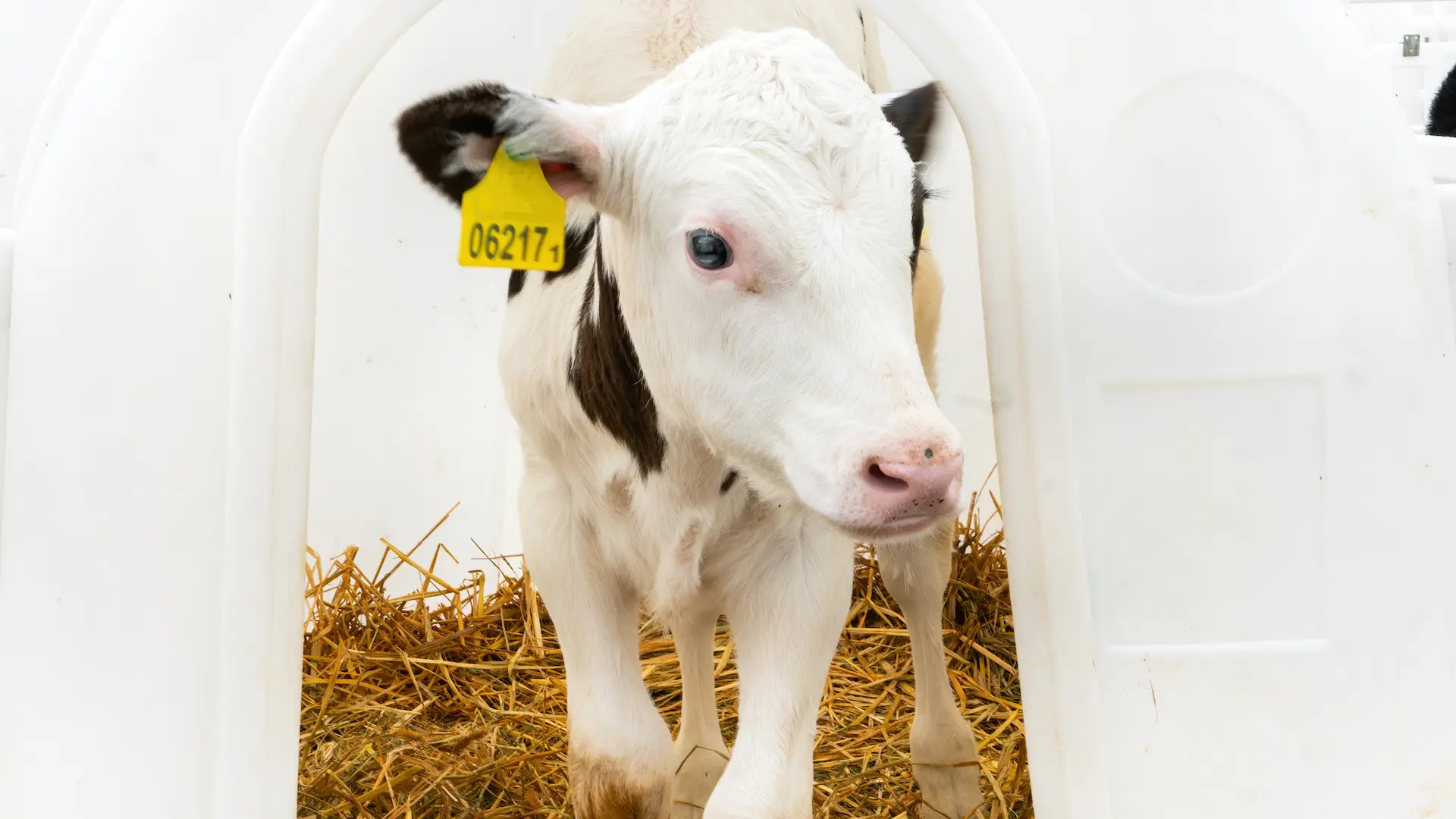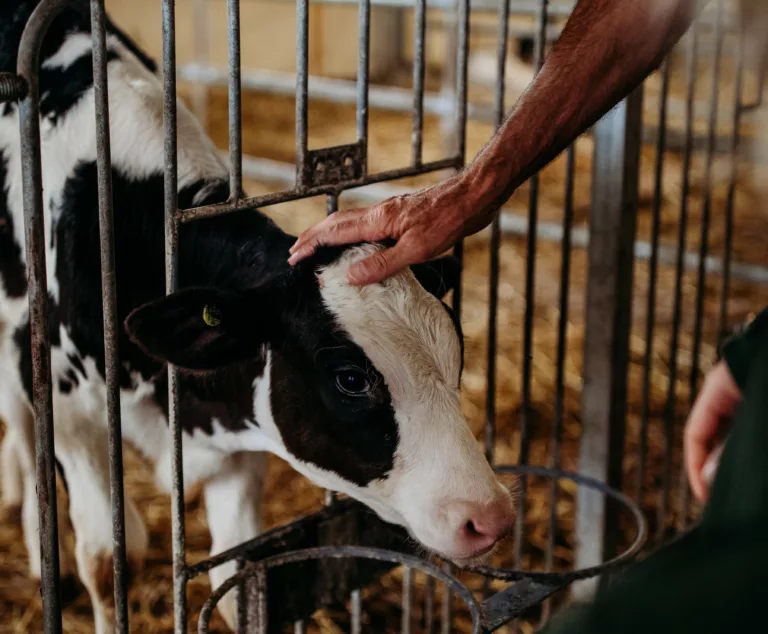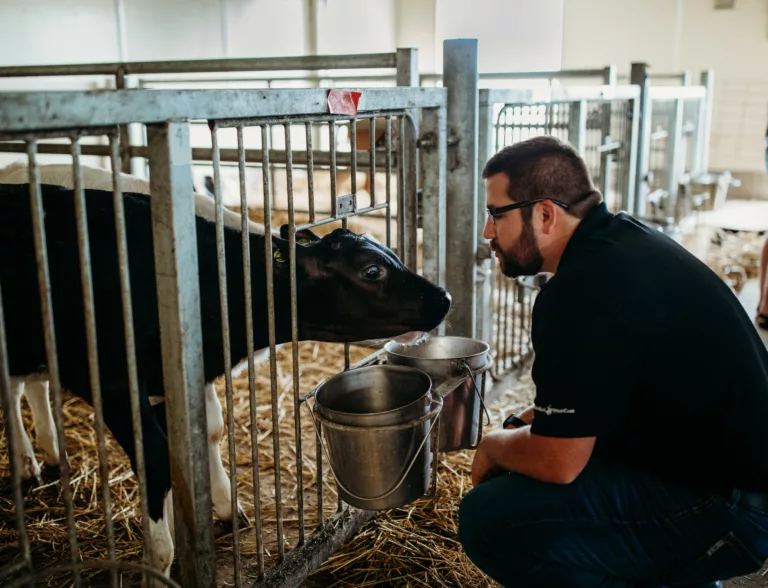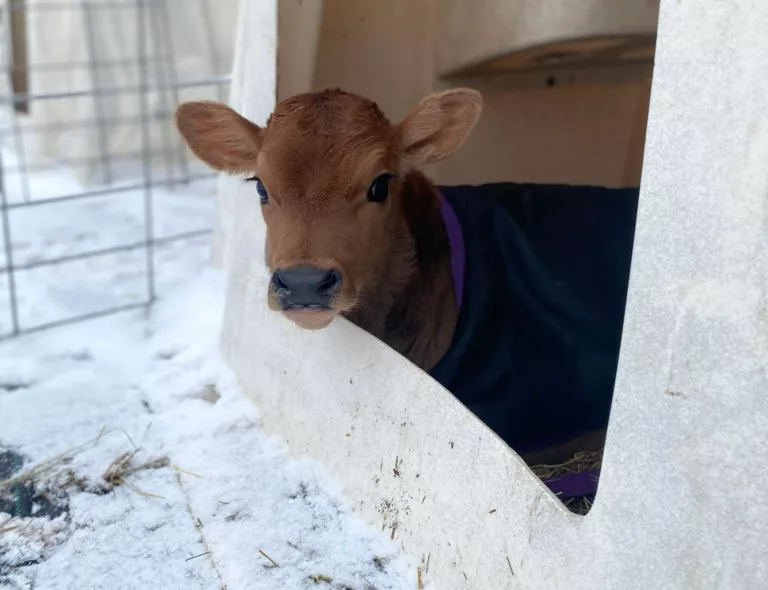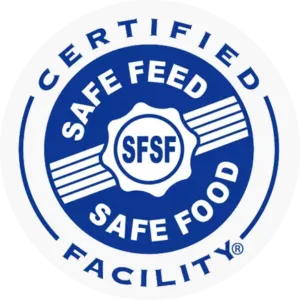In the world of dairy farming, the health and well-being of newborn calves are paramount. The first few weeks of a calf’s life are crucial for their growth and development, laying the foundation for a productive and healthy life as part of the milking herd. However, disease can be contracted quickly at birth and the days following through the environment and food sources. This is where milk replacer can play a role: in breaking the disease cycle.
Understanding the Disease Cycle
The disease cycle is a perpetual challenge for dairy farmers, with pathogens and illnesses spread through a number of vessels including equipment, manure, and even employees. Cleaning and feeding protocols can help maintain consistency and cleanliness to avoid disease transfer. However, missed steps or improper sanitation times render protocols almost useless in breaking disease spread. Calves can be weakened by inadequate nutrition and are particularly susceptible to disease, and once a single calf falls ill, the cycle of infection can quickly take hold, impacting the entire herd.
Breaking the Chain with Milk Replacer
Milk replacer offers a consistent approach to calf nutrition and health management. Unlike relying solely on colostrum and milk, milk replacer provides a controlled and standardized source of nutrients, ensuring that each calf receives the required nourishment for optimal growth.This uniform nutrition helps strengthen the immune system and improves the calf’s ability to fend off diseases, effectively disrupting the disease cycle.
Benefits of Milk Replacer
Consistent Nutrition: Milk replacer is formulated to provide a balanced and consistent blend of essential nutrients, including proteins, fats, vitamins, and minerals. This consistency eliminates nutritional gaps that can lead to weakened immunity and disease susceptibility.
Hygiene and Disease Control: Using milk replacer reduces the risk of disease transmission through shared feeding equipment or contaminated milk. Again, by following SOPs for feeding and cleaning, the risk for spread can be mitigated.
Reduced Stress: Calves that receive consistent and adequate nutrition from milk replacer combined with regular feeding intervals are better equipped to handle environmental stressors. This includes both physical stressors, like temperature and moisture fluctuations, and psychological stressors, like other calves.
Customization: Milk replacers can be tailored to meet specific calf requirements, enabling farmers to adjust nutrient levels based on individual calf health, growth rates, and specific herd goals. They are also tailored to breed specific needs as well, especially Jerseys.
Breaking the disease cycle in dairy calves is critical for dairy farmers seeking to improve animal welfare, productivity, and overall farm profitability. By providing consistent and balanced nourishment while implementing proper hygiene practices, dairy farmers can optimize calf health and set their herds on a path to success, helping to break the disease cycle.

